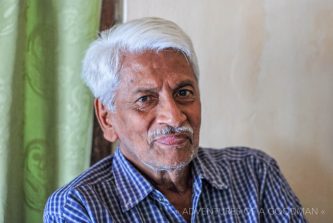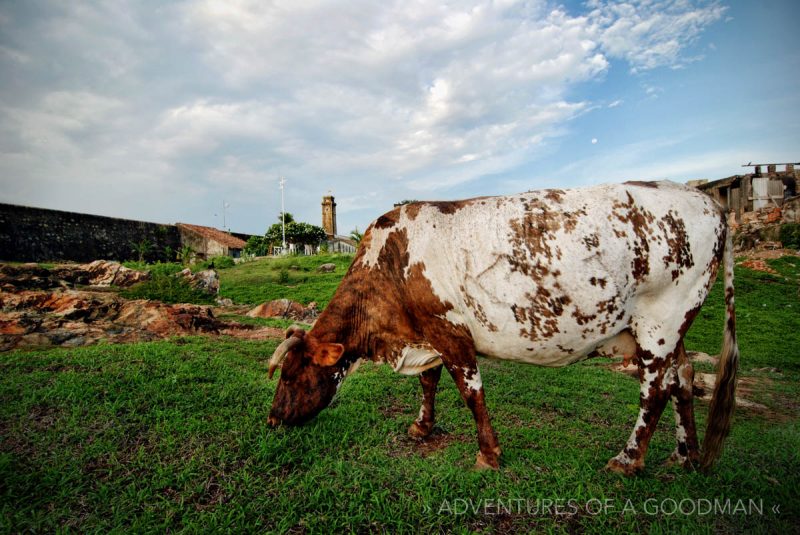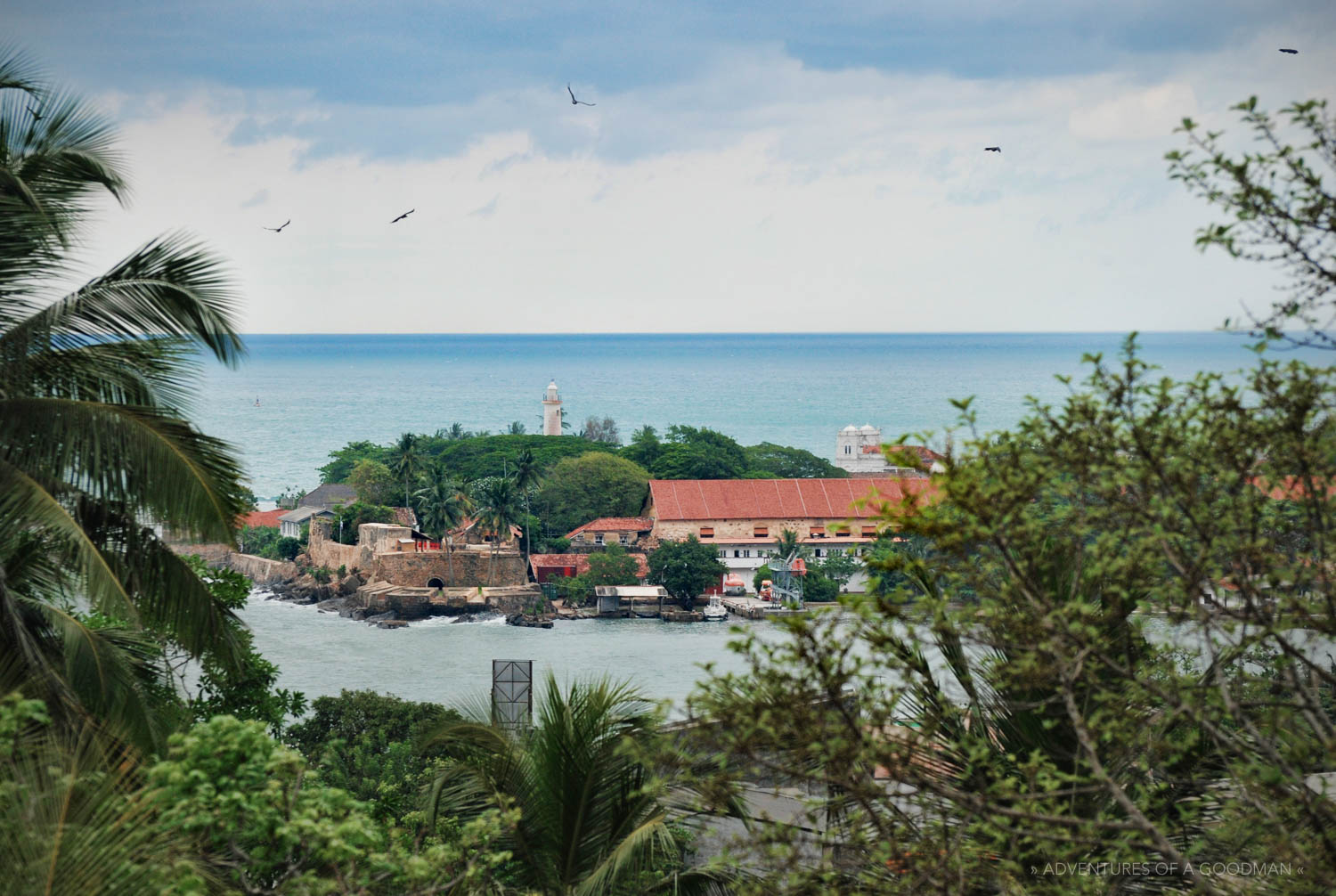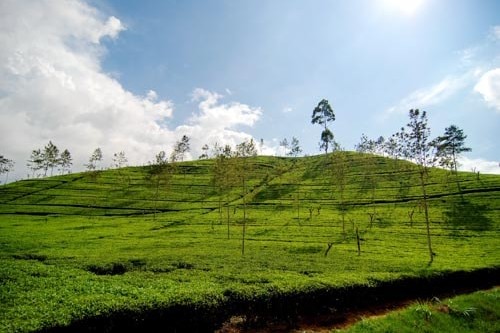Constructed by the Portuguese in the 1600’s and later taken over by the Dutch then the British, Galle Fort is a cute colonial town reminiscent of Antigua, Guatemala. It is surrounded by sturdy brick walls and filled with European architecture, narrow streets, little houses and shops, churches, cafes, friendly people and, my favorites, a clock tower and lighthouse.

Were Galle located in any other country it would be overrun by tourism, but here it is a sleepy little town that makes you want to spend days just wandering around and relaxing. The book says it and we agree: if Sri Lanka ever becomes a popular tourist destination then Galle will be a place that we will say “wow, I remember it before it got all touristy.” It also helped that we were there during both the off season and renewed Tiger fighting, because we literally had the streets to ourselves.
While Fort is a historical district, the actual town outside the walls is just like any other bustling city in Sri Lanka. Market-lined streets go on for miles and we frequently headed to them for some cheap local food and to use the Internet. The coastline is right there also and the view out to the ocean and over the fort is spectacular. There was even a little county fair being set up, though we never got a chance to go inside.

Back inside, our guesthouse owner, a cute little old man who has lived in in Fort for decades, told us about the tsunami in Galle. Located next to the wall separating Fort from the ocean, he looked up from the front porch and saw a wall of water quickly approaching. Grabbing his family, he hopped in his car and drove to the highest point in town, watched and prayed. When the wave finally slammed into the centuries old wall it stopped in its tracks, sparing the historical district from a watery grave.
The actual town of Galle outside the gate, however, was not so lucky. It had no wall to protect it and was buried under 30 feet of water, killing hundreds and leaving the city decimated. Meanwhile, the only real water to enter Fort trickled in from outside and still reached five feet in some areas closer to the front gate. Truly an amazing story and hearing it from him actually gave me goosebumps.

EXPLORE SOMEWHERE NEW
BUY A PRINT
All photos on this site are available as limited edition fine art photographic prints. Please get in touch for sizes and rates.





